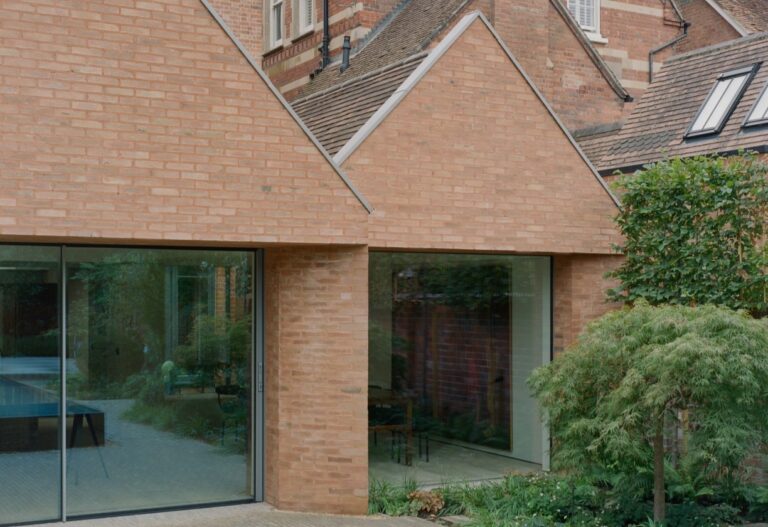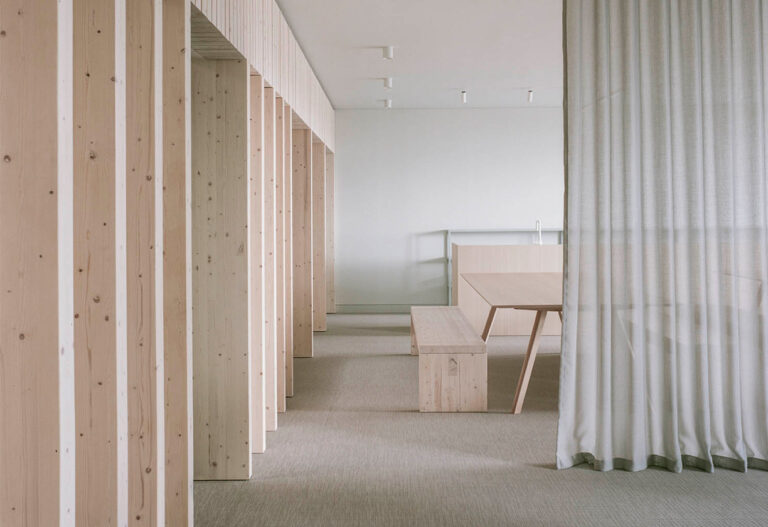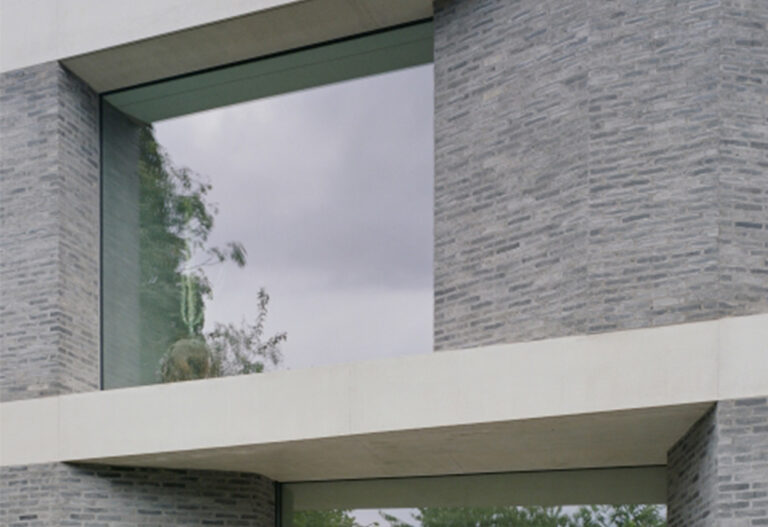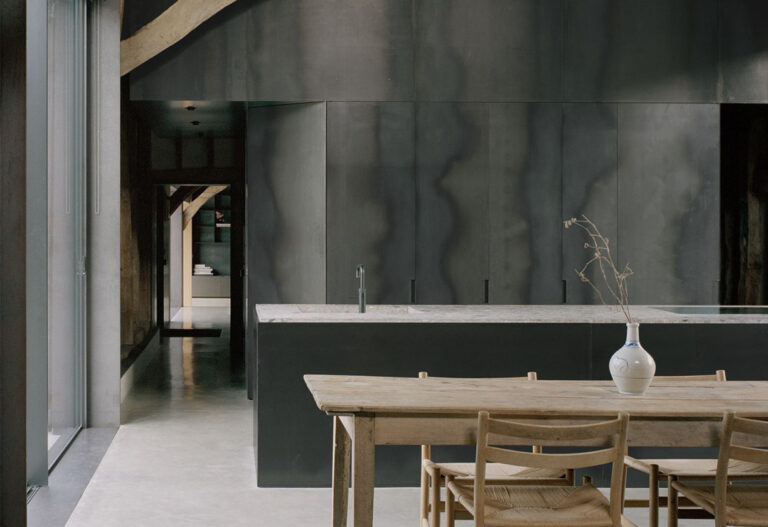Lower Mill
Nestled in a small village which sits in the folds of the chalk hills below The Ridgeway is Lower Mill – one of two village mills recorded in the Domesday book. As it stands today Lower Mill is a late eighteenth century structure which, despite various alterations and extensions, has retained the essence of a water mill – with Victorian milling machinery and water wheel still in place. The mill is Listed Grade II.
There has been no permanent inhabitation of the building since it ceased to function as a working mill. Our restoration of, and extension to, the mill was therefore an exercise in preservation as much as restoration: we were in the privileged position of converting the mill into a home for the very first time.
The mill is nestled into a three metre bank of earth – taking advantage of the natural fall of the stream through ancient water courses. Such was the dilapidated nature of the building that water had breached the perimeter walls and created long-established rivulets across the internal floors. A comprehensive water ingress strategy was necessary before considering any further work, and shoring up the structural integrity of the long-saturated retaining walls.
Internally, our approach was necessarily simple: minimal intrusion, with materially sensitive interventions. The light industrial origins of the building became our single most important preoccupation and our decision process drew on these humble origins – like the mill itself, our work had to be simple, functional and honest. Raw plate steel was chosen as the primary material presence throughout the original mill, having a clear sensibility with the cast iron axles and cogs of the machinery and the workmanlike nature of the building’s structure. With small eighteenth century leaded windows, we needed to maximise what natural daylight was available, so light wall and floor finishes sit in serene contrast to the visual weight of the steel elements.
Owing to the space occupied by the mill machinery, a modest extension was added to the side of the mill to provide additional accommodation. This small additional has enabled the mill to function as a two bedroom house.
Environmental Considerations
The environmental strategy involved upgrading the thermal performance of the original Listed building wherever possible. Insulation was fitted to the main roof pitches, whilst the ground floor now benefits from a fully insulated raft slab. Other upgrades such as double glazing and external wall insulation were not permitted on conservation grounds.
With no such heritage constraints, the side extension allowed us to take a more comprehensive environmental approach. Thermal insulation to all walls, floors and roofs exceeded the minimum requirements for Part L and high performance Low E double glazed units were used for all doors, windows and rooflights. In all instances, the structure was made ‘warm’ by placing insulation to the external face of the structure. The slatted brise soleil screen to the extension façade helps shade the south-facing bedroom and reduces solar gains during the warmer months. The extensive use of insitu polished concrete floors provide a huge amount of thermal mass: they are all underfloor heated – an efficient and low energy source of warmth, with the additional benefit of radiating the latent heat long after the heating has been turned off. This thermal mass, in conjunction with improved insulation, means the building retains heat very well during winter, and remains cool during the summer months without the need for further cooling.
Beyond the walls of the house, we decided to not disturb the flow of water from the stream to the subterranean water courses descending to the mill wheel. In doing so, the water is permitted to enter the building, and is then dealt with by means of an internal membrane system and concealed drainage. We have thereby avoided disturbing the local ecology and the river system has not been adversely affected downstream by the restoration of the mill.
Photographer: Thomas Seear Budd






























